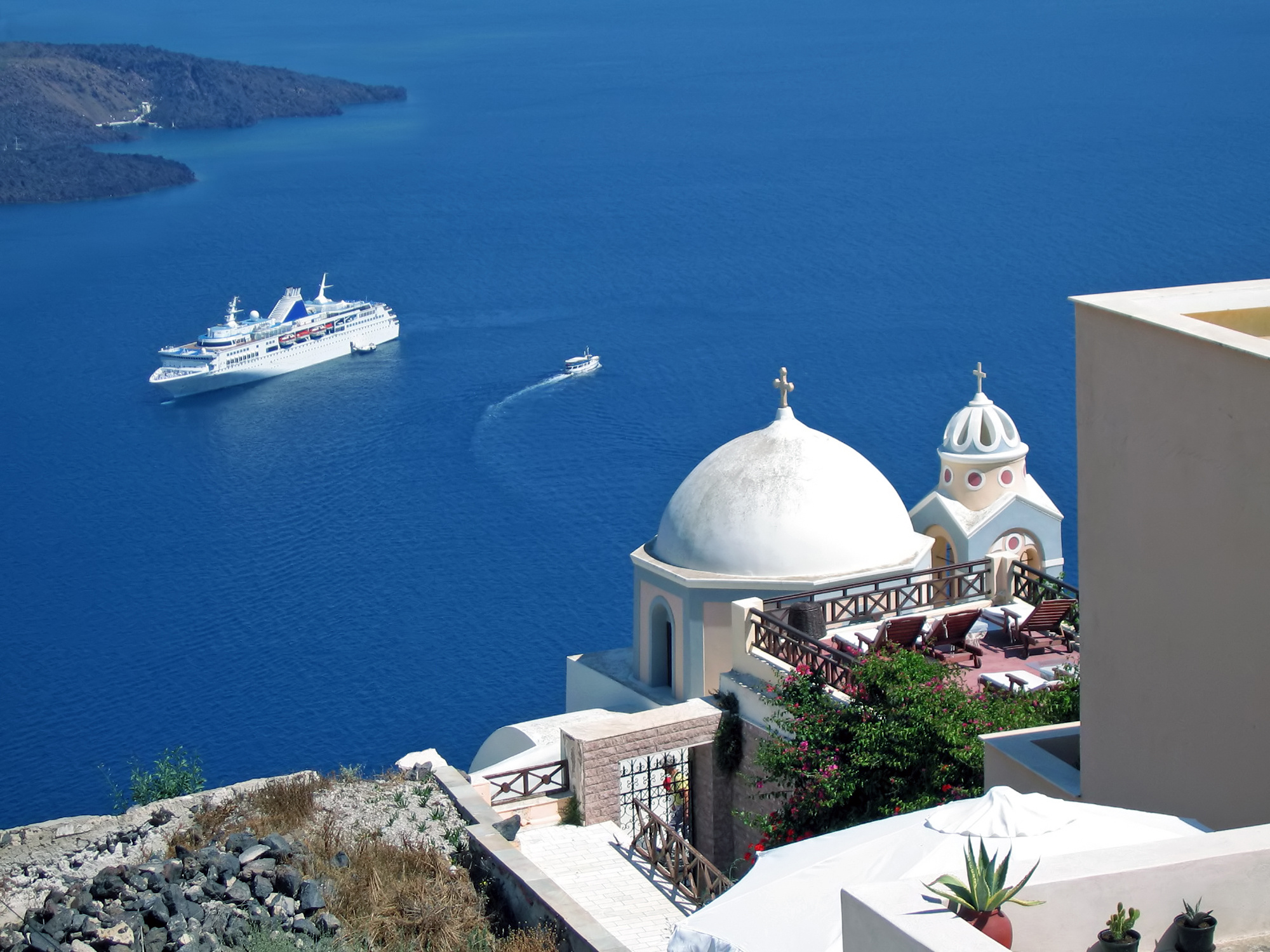The popular Greek island of Santorini is on high alert following a series of small earthquakes, prompting authorities to take precautionary measures.
Over the past 48 hours, more than 200 minor tremors have been recorded in the sea and surrounding islands, with the strongest—a magnitude 4.6 quake—striking between Santorini and Amorgos on Sunday afternoon.
Precautionary Measures in Place
In response to the seismic activity, Greece’s civil protection agency ordered schools to remain closed until Monday. Emergency teams, including rescue units with a search dog, drones, and a helicopter, have been deployed. Tents have also been set up to accommodate emergency response teams.
While experts believe these tremors are caused by tectonic activity rather than volcanic movement—reducing fears of an eruption—the risk of a stronger earthquake remains.
“That is why precautionary measures are in place—to minimise the impact of a potential larger quake,” said Kostas Papazachos, Professor of Geophysics at Aristotle University of Thessaloniki. “When you have such an intense sequence of tremors, caution is necessary.”
Safety Recommendations for Residents and Tourists
Authorities have urged people to avoid enclosed public spaces, stay clear of certain ports, and avoid derelict buildings. Additionally, they have advised against entering empty swimming pools or gathering in large groups indoors.
In the event of a strong earthquake, residents and visitors are instructed to move to higher ground as far inland as possible. These measures also extend to nearby islands such as Amorgos.
Government and Emergency Response
Greece’s fire service in the southern Aegean remains on high alert. An emergency meeting, chaired by Prime Minister Kyriakos Mitsotakis, was scheduled for Sunday afternoon to assess the situation.
Santorini’s Volcanic History
The last volcanic eruption in the region occurred in 1950. The island itself was shaped by the massive Minoan eruption around 1600 BC, one of the largest in recorded history. While scientists estimate that major eruptions occur every 22,000 years—suggesting another 19,000 years before a significant event—the region remains seismically active.
Tourism and Overtourism Concerns
Santorini is one of Greece’s most visited islands, drawing 3.4 million tourists in 2023 despite having a local population of just 15,500. The recent seismic activity raises concerns about the island’s preparedness to manage both natural disasters and the challenges of overtourism.
Authorities continue to monitor the situation closely, urging both residents and visitors to stay informed and follow safety guidelines.

